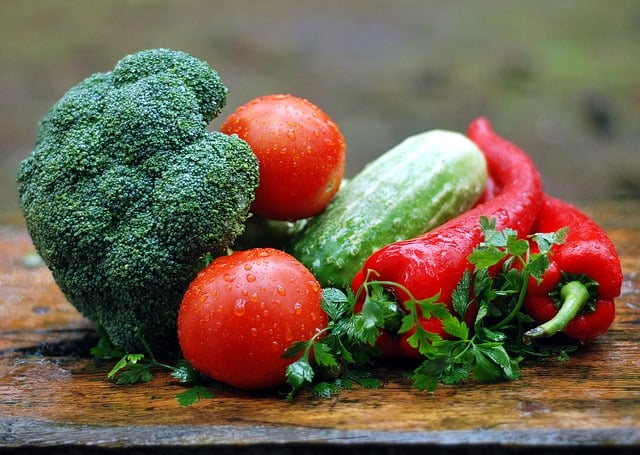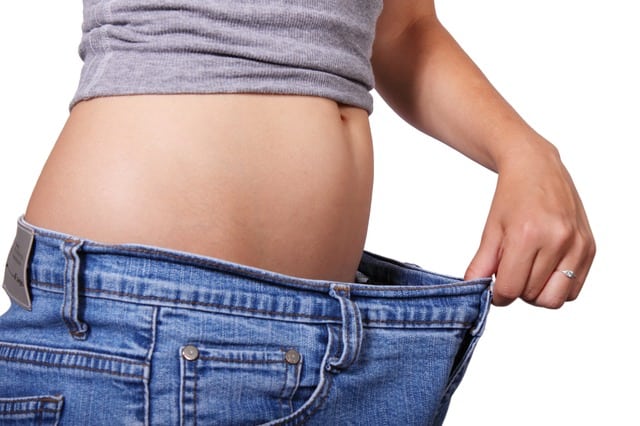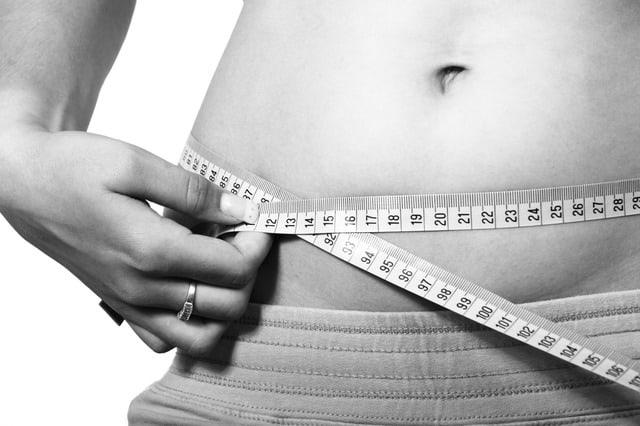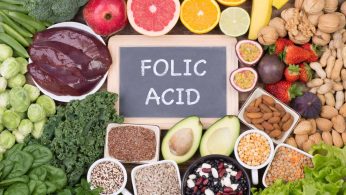All You Need to Know About the Ketogenic Diet
Disclosure: We use affiliate links and may receive a small commission on purchases.
 All You Need to Know About the Ketogenic Diet
thefitbay.com
All You Need to Know About the Ketogenic Diet
thefitbay.com
Obesity is an ongoing epidemic. OECD reports that more than one in two adults and one in six children are obese or overweight in OECD countries. Obesity rates are highest in the U.S, Mexico, New Zealand and Hungary. In addition, these rates are likely to keep increasing despite health campaigns that promote healthy eating and public awareness.
Similar to increase in obesity, the diet fad is also one that shows no sign of dying down anytime soon. Whether it’s the Atkins diet, the Ideal Protein eating plan or the fasting diet, one diet that has withstood the test of time is the ketogenic diet.
For decades, the ketogenic diet has been used by numerous people to maintain good health and lose weight. The ketogenic diet is just another name for a very low carbohydrate diet. What it entails is an intake of food items that are free of starch and sugar. Obviously, this means that you can’t eat almost 2/3rds of all foods available today. However, the concept behind the diet is to reduce one’s intake of bad carbohydrates.

In a normal diet, carbohydrates make up nearly 60% of the total calorie intake but in a ketogenic diet, the carbohydrate consumption is less than 30%. Some people who want rapid weight loss may even go down to as low as 10% carbs.
The ketogenic diet has been around for many decades. It was once used to treat seizures but some people had severe reactions and so its use in that regard was discouraged. However, over the years many versions of the ketogenic diet have been developed – some that are used by athletes and some that are recommended for people dealing with obesity.
How Does the Ketogenic Diet Work?
The ketogenic diet has been modified many times. The most well-known diet today that is based on the primary principles of the keto diet is the Atkins diet. However, Atkins is more reliant on healthy fats and low protein while the ketogenic diet places greater emphasis on high-fat and high-protein food consumption.
When you start a ketogenic diet, your body does not get simple sugars (glucose) that are essential for energy. Hence, your body breaks down fat into ketone particles. These ketone particles are then used as energy and consequently you start to lose weight.

A ketogenic diet can result in very rapid loss of weight because your body is basically burning fat to give you energy. When one initially starts on a ketogenic diet, the lack of glucose can make you confused, tired and weak. This phase is often called the keto flu. Some common symptoms of the keto flu include fatigue, sugar cravings, dizziness, brain fog, nausea, insomnia, irritability and digestive problems. However, the trick is not to let these symptoms bring you down and to stick with it. Keto flu generally lasts a week but again, every individual responds differently. Some people may not experience severe symptoms while others may feel the changes too much. Remember, the brain is used to having use glucose for energy and not ketones. When this changes, the mental status also changes. That is why it may take a few days for people to adapt to a state of ketosis.
Experts recommend that one should gradually drop the sugar (glucose) levels from the diet every 10-14 days. If you suddenly drop to a very low carb diet, there is a risk that you may feel excessively weak or suffer from severe fatigue and confusion.
It is recommended that one start with a 40% carb diet and then gradually go down to 20%. It is generally not recommended to go any lower than that. Very low carb diets are not sustainable for long periods because the brain cannot function without glucose forever. The ideal ketogenic diet for beginners should be 30% fat, 30% protein and 40% carbs. However, the carb levels should be reduced once your body is used to being in ketosis.
To make it easy here is a list of foods that you cannot eat on a ketogenic diet: chocolates, dessert, pies, rice, bread, ice cream, candy, burgers, pizza, cola beverages, and cookies. Anything that contains glucose is out. It is also recommended that one avoid highly processed foods as well as foods that are rich in carbs, dairy and sauces.
Is The Ketogenic Diet for Everyone?
The ketogenic diet should not be used by children and very old people. In addition, the ketogenic diet is not recommended for diabetics or those who have a chronic medical disorder like high blood pressure or heart disease. If you are interested in starting the ketogenic diet, it is recommended that you speak to your health care provider before you begin.

There is no doubt that the ketogenic diet can be extremely beneficial for people who struggle with obesity. Not only does it help you adopt a healthier eating lifestyle but will also result in rapid weight loss which will in turn motivate you to continue making healthy choices. However, initially people on ketogenic diets may struggle with hunger pangs and fatigue but once you are in ketosis, your body will automatically adjust to the new status of burning fat instead of carbohydrates. You will automatically feel more energetic and the hunger pangs will disappear.
The only way to know if the ketogenic diet is for you is to try it out. Start with about 40% carb in your diet and gradually decrease the amount. If you can tolerate the state of ketosis, then you are in luck because this is one lifestyle change that will provide you continuous weight loss, extra energy and the ability to make better food choices.
Conclusion
The fact is that unlike other fad diets, the ketogenic diet is based on actual physiology and science. That is why this diet has been in use since the 1920s and has shown excellent results in a high percentage of people. The ketogenic diet targets the primary causes of weight gain which include high blood sugar levels, hormonal imbalances and binging on the wrong types of foods. One important advantage of the ketogenic diet is that it does not focus on limiting portions and counting calories. Instead, it presents a new way to live and a healthier way to eat. There are numerous ketogenic recipes and meal preparation ideas that are not only tasty but nutritious and that will leave you feeling full, energetic and healthy at the same time.










